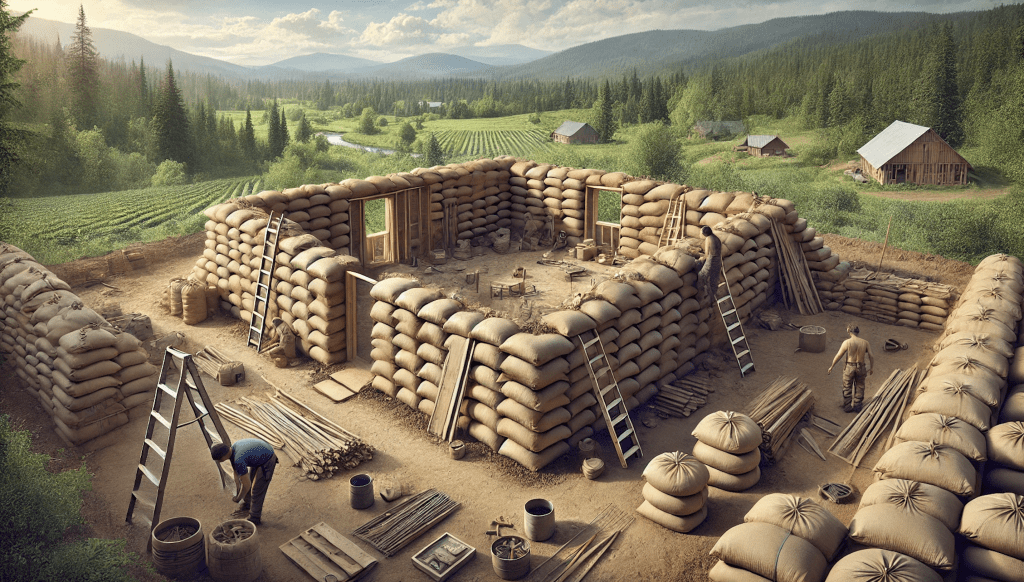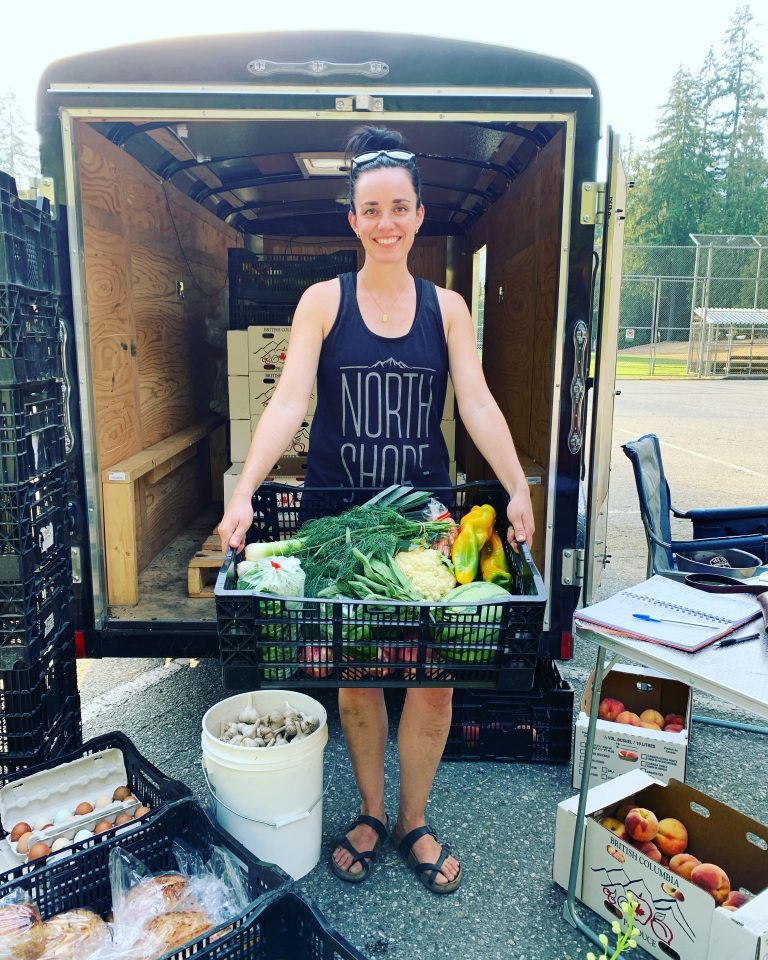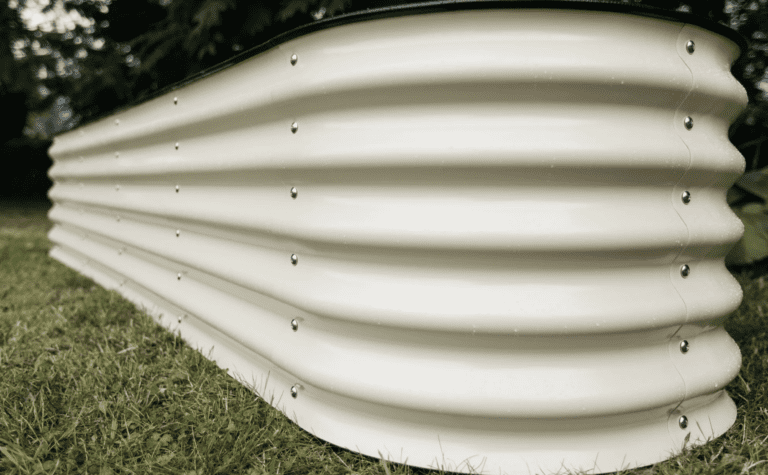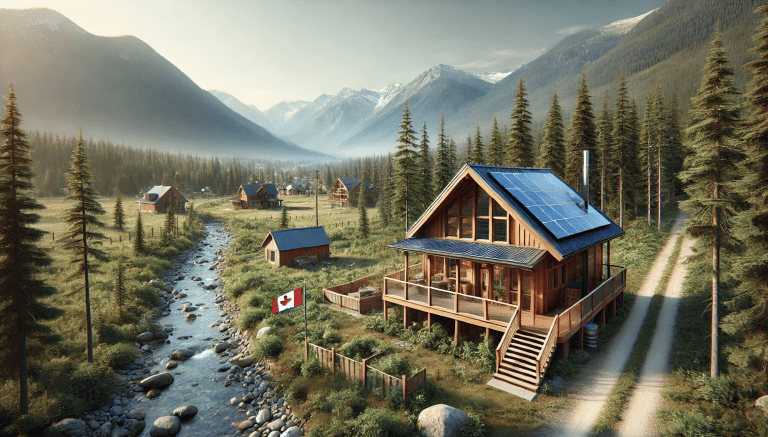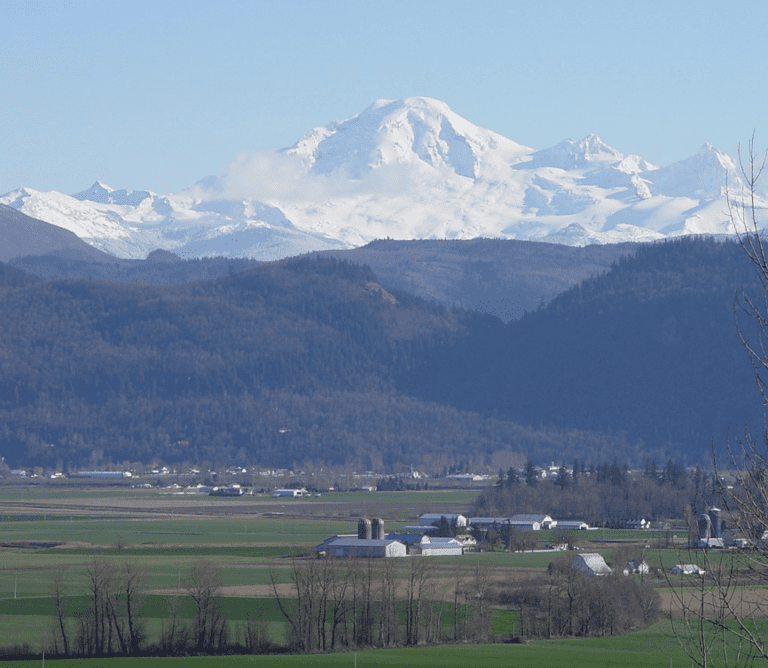At Wild Bluebell Homestead in Fraser Valley, British Columbia, we’re always on the lookout for practical, sustainable methods to enhance homesteading life. One fascinating building technique that’s gaining traction for its affordability, sustainability, and robustness is earthbag construction. Often likened to “handcrafted 3D printing,” this method fuses ancient construction practices with modern ingenuity. It offers a flexible and highly customizable approach to building homes, barns, sheds, and other structures essential for homesteaders. So, what exactly is earthbag construction, and why should it be part of your homesteading plan?
What is Earthbag Construction
Earthbag construction is a natural building method that involves filling sturdy sacks, typically made from polypropylene or burlap, with soil or other locally available materials. These bags are stacked in layers, tamped down to compact the contents, and reinforced with barbed wire or other materials between each course to add tensile strength and prevent slippage. The structure is then finished with plaster, adobe, or stucco to protect the bags from environmental wear and to give the building a more traditional appearance.
The technique stems from military and flood control applications where sandbags have been used for centuries to build robust barriers. The transition from temporary barriers to permanent structures has proven that earthbag construction offers remarkable resilience against natural disasters such as earthquakes, floods, and fires, while being a cost-effective and sustainable building method. It’s an ideal solution for homesteaders looking to construct eco-friendly and durable homes, barns, and other structures on a budget.
Who Can Use Earthbag Construction
Earthbag construction is accessible to a wide range of individuals, from those with minimal construction experience to seasoned builders. It’s particularly well-suited for homesteaders in rural regions like Fraser Valley, British Columbia, who are looking to build self-sufficient, cost-effective, and environmentally friendly structures. The method’s simplicity makes it possible for individuals to undertake projects themselves, reducing the need for expensive contractors and heavy machinery.
This building technique has been adopted by a wide variety of people worldwide. For example, it’s used in disaster-prone regions like Nepal and Haiti due to its seismic resistance, and in areas with scarce resources, where traditional construction materials are difficult to obtain. Earthbag construction is also popular among those interested in sustainable architecture and off-grid living, offering a durable, environmentally conscious alternative to conventional building methods.
When is Earthbag Construction Ideal
The ideal time to consider earthbag construction for your homestead projects is during the warmer months, particularly in regions like British Columbia. Spring and summer offer the best conditions for the building process, as the materials—especially the soil—are easier to work with and dry more efficiently in warm weather. The construction process is also faster and more seamless when the risk of rain or frost is low.
Earthbag construction is also a good choice when you’re working on a tight budget and need a solution that uses locally sourced materials. For homesteaders who want to build quickly and effectively, earthbag structures are a smart investment, delivering high-quality results in a short amount of time.
Where is Earthbag Construction Used
Earthbag construction has global applications and has been successfully implemented in a wide variety of climates and environments. In Fraser Valley, it can be an excellent choice for creating functional structures such as homes, root cellars, barns, and storage sheds that fit the needs of a homesteader. The natural aesthetic of earthbag structures harmonizes with the lush landscapes of British Columbia, providing an eco-friendly solution that blends into the natural surroundings.
Around the world, earthbag construction has been used in countries like Nepal, where it has withstood earthquakes, and in Sri Lanka and Haiti, where it has provided much-needed housing after natural disasters. Its resilience makes it a fantastic option for those living in rural or off-grid areas, where access to traditional building materials and methods may be limited.
Why Choose Earthbag Construction for Homesteading
There are several compelling reasons why homesteaders in Canada, and particularly in Fraser Valley, should consider earthbag construction:
- Affordability: Earthbag construction is one of the most cost-effective building methods available. The primary material—soil—can often be sourced directly from the building site, significantly reducing transportation and material costs. The bags themselves, typically made from polypropylene, are inexpensive and can sometimes be acquired as surplus or second-hand. This is particularly important for homesteaders working with limited budgets who still want to build robust, long-lasting structures.
- Sustainability: For those looking to reduce their environmental footprint, earthbag construction is an ideal option. By using locally available materials, this method minimizes the carbon footprint associated with manufacturing and transporting construction supplies. Additionally, the thick earthen walls provide excellent thermal mass, helping to regulate interior temperatures naturally and reduce the need for heating and cooling systems.
- Durability and Disaster Resistance: Earthbag structures are incredibly resilient, capable of withstanding earthquakes, floods, fires, and even high winds. In earthquake-prone areas like Nepal, earthbag buildings have performed well in seismic tests, proving that they can survive natural disasters that might compromise more traditional structures. This durability makes earthbag construction ideal for the harsh and varied climates of Canada.
- Versatility in Design: One of the most appealing aspects of earthbag construction is its versatility. You can build a wide range of structures, from simple outbuildings and root cellars to complex homes with domes or curved walls. The flexibility of this method allows for creative designs and structures that can adapt to different environmental and aesthetic requirements.
- Speed of Construction: Earthbag structures can be built relatively quickly compared to conventional methods. Once the foundation is laid, the building process moves swiftly, with the potential for completing small projects within weeks. This is an attractive feature for homesteaders who need functional buildings in a short time frame.
How Does Earthbag Construction Work?
The process of building an earthbag structure is straightforward but involves several key steps to ensure a durable, long-lasting result:
Step 1: Preparing the Site and Foundation
Before beginning construction, clear and level the building site. Remove topsoil to expose the stable subsoil, and then dig a trench to create the foundation. The trench is partially filled with gravel or stones to create a rubble trench foundation, which provides drainage and stability for the earthbag walls. In earthquake-prone regions, you may also want to add a reinforced concrete footing for extra strength.
Step 2: Filling the Bags
The bags are typically made from polypropylene or burlap and are filled with a mix of soil, clay, sand, or other locally available materials. The choice of fill material depends on the thermal properties you desire—soil provides thermal mass, while materials like pumice or rice hulls offer better insulation. Fill the bags about 90% full, leaving enough space to fold the top closed. This consistency ensures that each bag is uniform in size, which helps keep the walls level as they are stacked.
Step 3: Stacking and Tamping
Once the bags are filled, they are stacked in a staggered pattern, much like brickwork. Two strands of barbed wire are placed between each layer to prevent slippage and increase tensile strength. A light tamping of the bags compresses the fill material, ensuring that the bags lock tightly together and create a solid, stable wall.
Step 4: Reinforcing the Structure
To further strengthen the walls, especially in areas prone to seismic activity, you can insert rebar into the corners and along the wall openings. This reinforcement helps resist overturning forces and improves the overall stability of the structure.
Step 5: Finishing the Walls
Once the walls are built to the desired height, they can be finished with plaster, stucco, or adobe to protect the bags from UV damage, moisture, and other environmental factors. The plaster also enhances the aesthetic appeal of the building, allowing it to blend seamlessly into its surroundings.
Step 6: Adding the Roof
The roof of an earthbag structure can take various forms. You can opt for a conventional roof with trusses, a vaulted roof, or even a dome, which is a popular choice for earthbag homes. The roof is typically added after the walls are complete and serves to protect the structure from the elements.
Closing Thoughts
Earthbag construction offers a sustainable, affordable, and highly durable solution for homesteaders in Fraser Valley and beyond. Whether you’re building a home, barn, storage shed, or root cellar, this method provides a versatile and eco-friendly way to meet your building needs. By using natural materials and straightforward construction techniques, earthbag structures can be built quickly, cost-effectively, and with minimal environmental impact.
At Wild Bluebell Homestead, we encourage you to explore the possibilities of earthbag construction. This method allows you to create durable, handcrafted buildings that can withstand the test of time, while embracing the values of sustainability and self-sufficiency essential to homesteading. Whether you’re a seasoned builder or a DIY enthusiast, earthbag construction offers a flexible and resilient approach to meeting the demands of modern homesteading in British Columbia.

